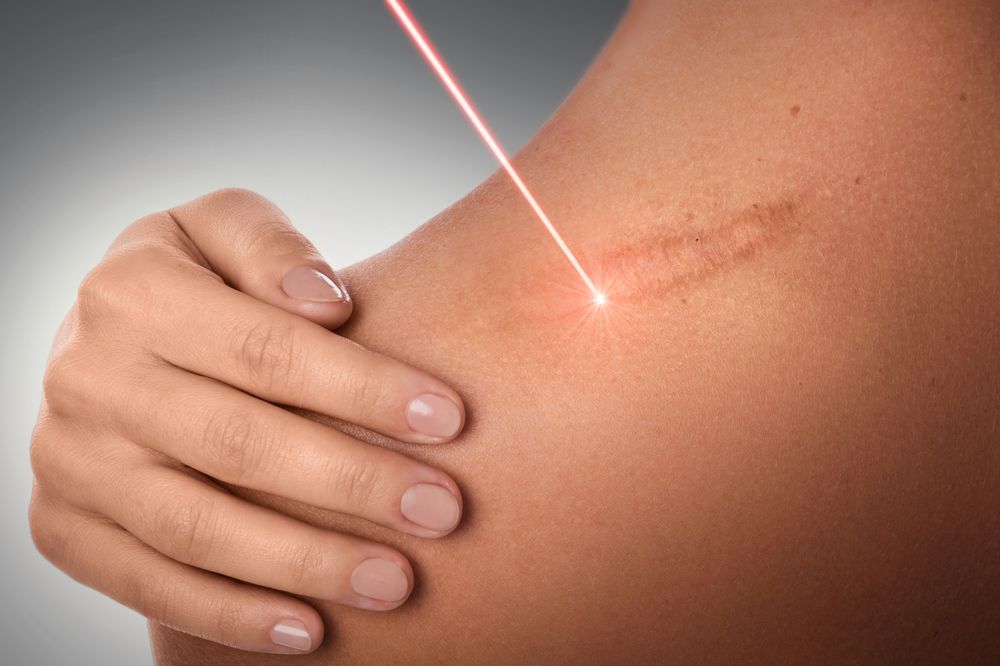If you are looking for a permanent hair removal solution, you have probably seen laser treatment options at a local spa or salon. Unfortunately, this might be misleading.
Most beauty facilities use beauty-grade equipment, like IPL (Intense Pulsed Light) beams, while advertising those services as a laser treatment.
Although IPL and similar treatments might have good results, experts at Sentient Lasers say that it is vital to note that these procedures are not carried out using medical-grade equipment. This makes it necessary to learn key differences between non-medical and medical lasers.
How Lasers Works
Basically, lasers are monochromatic – meaning a given laser produces light of around one wavelength. Lasers normally work in cosmetic procedures through the process called selective photothermolysis.
This means that they control the frequency of light to produce heat in a particular area, which can get destroyed.
In order to achieve this, a wavelength of the light beam should be in sync with the target’s color, whether it is broken red capillaries or brown spots.
Aesthetic Lasers
According to experts, aesthetic lasers are big guns in the beauty sector. Safety is vital when using aesthetic laser systems. The FDA only controls physical devices and not who operate them. In the hands of a trained expert, an aesthetic laser is very effective for handling:
- Hair removal, dermal resurfacing
- Vascular abnormalities
- Benign pigmented lesions
- Removal of cosmetic, traumatic, and decorative tattoos
Non-Ablative and Ablative Lasers
Non-ablative lasers are new technological development. Rather than getting rid of the top layer of your skin tissue, non-ablative lasers usually work below the surface of the skin so as to improve skin texture and tone while getting rid of wrinkles.
During the treatment procedure, a doctor will use a computer to control various colors of the laser so as to correct every kind of problem. The most common types of non-ablative lasers include excimer, dye, diode, and fractional lasers.
When it comes to ablative, a laser is directed on the surface of your skin. The laser energy heats water in the skin, making both the tissue and water turn to vapor.
Ablative lasers can be used in very sensitive parts, like the eyes, eyelids, face, or lines around your lips. The common types of ablative lasers include Nd-YAG lasers and CO2 lasers.
Medical Lasers
These are medical devices, which use focused light sources to remove or treat tissues. The special properties in these lasers make them much better compared to sunlight and other sources of light that are targeting medical applications, including:
- Vision correction
- Treating retinal detachment
Choosing the Best Medical Laser
The criteria for picking the best medical laser depends on how you plan to use it. However, that is not the only thing to consider. You need to also take the cost of the device, the therapeutic value, reliability, and maintenance contracts into consideration.
The Takeaway!
Every person likes to feel great about themselves, and you will always search for better ways to look good. Improving your appearance will mean a great difference when it comes to self-confidence. Plus, with OTC miracle items falling shorts, both aesthetic and medical lasers are gaining more popularity among women and men alike.













Comments